MALE PATTERN BALDNESS
By age 25, 90 % of the male population suffers from androgenic alopecia, better known as male pattern baldness. It is called androgenic because it is caused by heredity (genes) and androgens, which are the hormones responsible for hair loss. Today’s oral treatments inhibit the production of precisely these hormones in order to avoid thinning hair, but only in certain areas of the head.
If hair loss continues, and the pilous follicles die, the process becomes irreversible, and there is no treatment that can bring it back. The only solution in these cases is hair micro-grafts.
Since baldness is usually progressive – following the visible baldness pattern inherited – Norwood defined the evolution of baldness according to a scale that goes from Stage 1 – a full head of hair with the frontal hairline intact and no visible hair loss –to Stage VII, which is the most severe form of hair loss, with the which represents a hair line implantation with no hair loss, up to the extreme degree which is VII, hair loss throughout the top and back of the head, with hair left only at the base of the head and the sides just above the ears.
In certain cases, hair loss can be scattered; in other words, hair thinning and loss may occur in different areas without necessarily following a front-to-back progression.
NORWOOD-HAMILTON ANDROGENETIC BALDNESS CLASSIFICATIONS
Norwood Type 2
The frontal implant line begins to recede, defining the bald spots in the front and sides of the head in a symmetrical or asymmetrical manner.
A light baldness begins and the density diminishes in the frontal part of the head. When one transplant session is performed on this stage, the results are excellent.
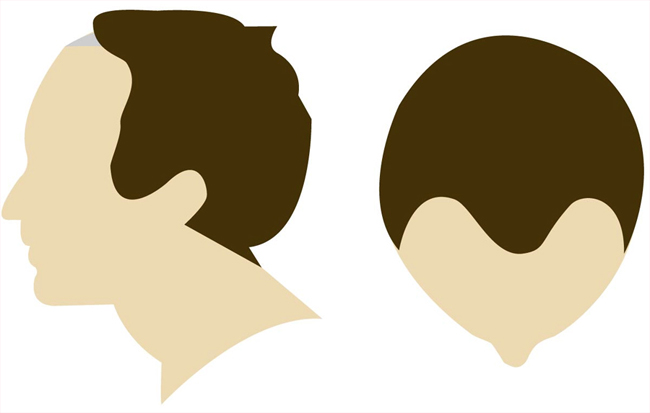

Norwood Type 3
Even though hair loss is still minimal, this is the first stage that can be considered baldness. The frontal hair line and temporal areas recede further than in the previous stage, showing a larger portion of the frontal head area.
3V (Vertex) this subdivision of type 3 baldness is accompanied by hair loss in the crown of the head.
One hair transplant session in this stage, along with medication prescription can achieve excellent results.

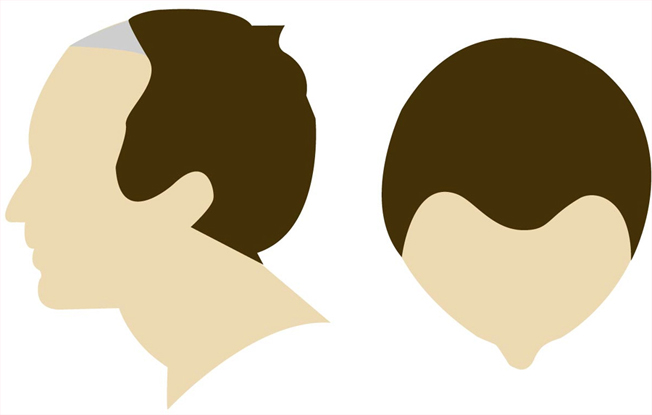

Norwood Type 4
This is clearly a more advanced stage of baldness. We can observe that the diminishing of the frontal and temporal areas is more pronounced. Hair density is notably reduced in the frontal, temporal and crown areas of the head.
Excellent results can still be obtained in one transplant session during this stage, and medical treatments can also help but only as a compliment for stopping hair loss.

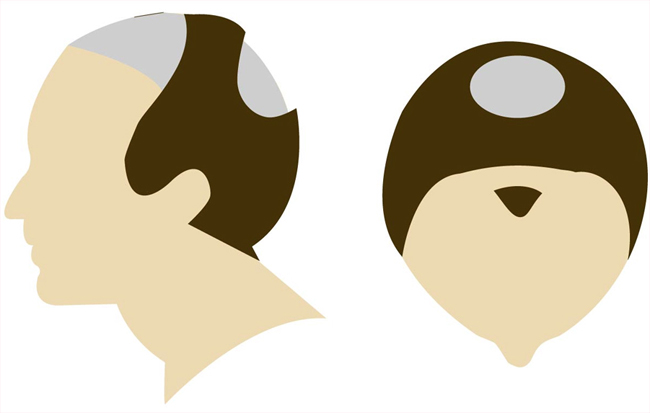
Norwood Type 5
The line of hair that separates the frontal-temporal areas from the crown area begins to disappear. Hair loss appears to be general but it is still concentrated in these areas.
This is an advanced stage of baldness and non surgical treatments no longer help.

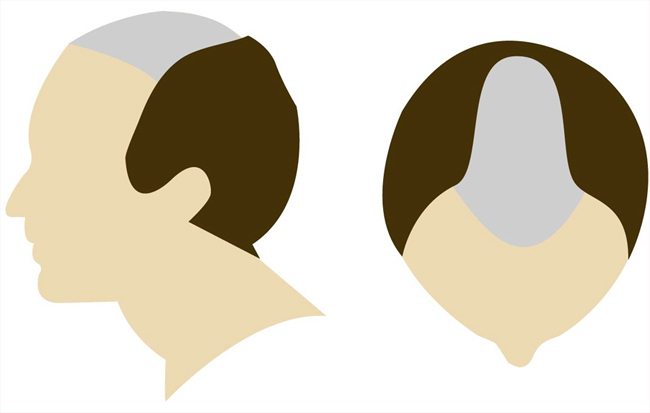
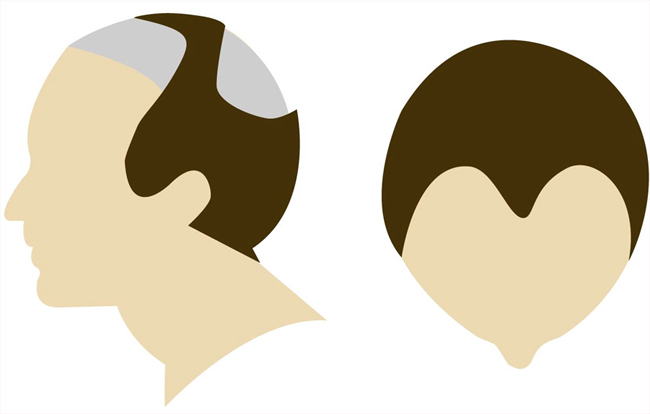
Norwood Type 6
During the 6th stage, the bridge or line that used to divide the frontal-temporal area from the crown area has completely disappeared. Baldness begins to spread to the sides and back of the head.
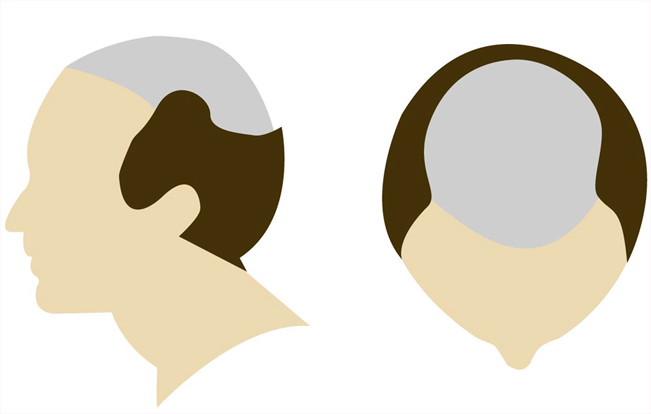
Norwood Type 7
The 7th stage is the most advanced degree of baldness. Hair is only present in the back and sides of the head (on top of the ears).
In these last stages of baldness there are no available treatments that can help except for micro hair transplant.

